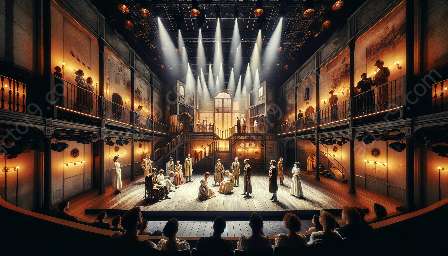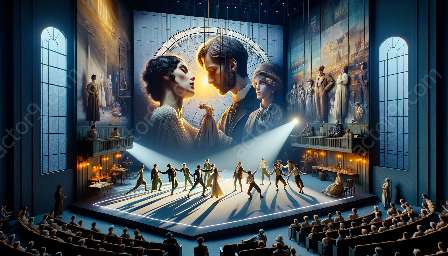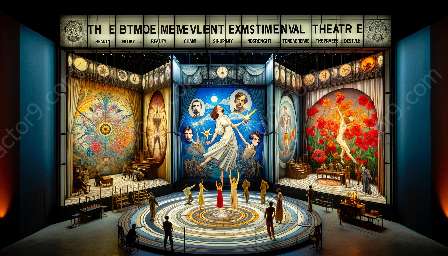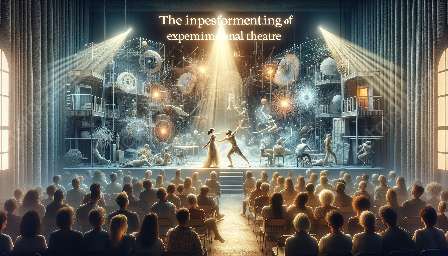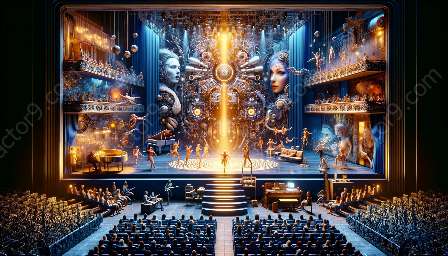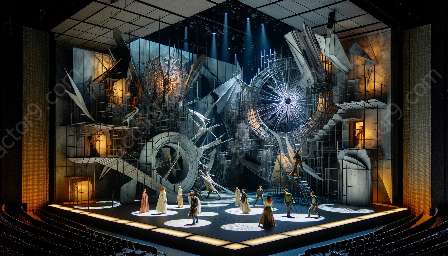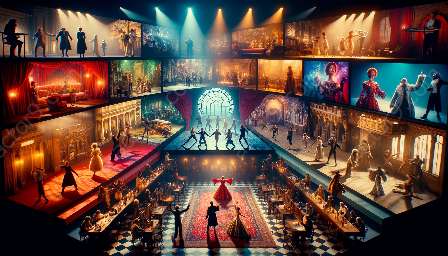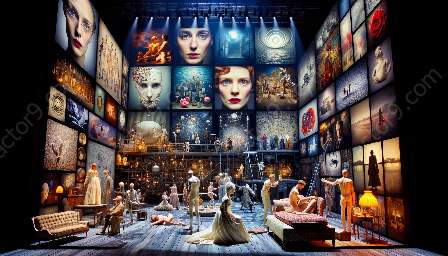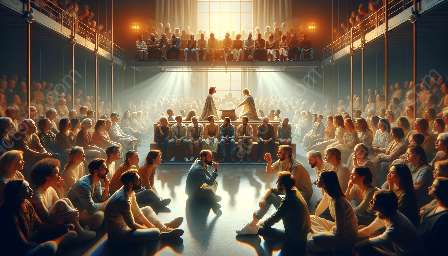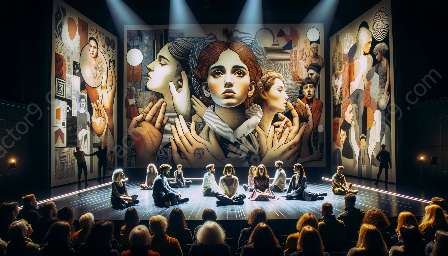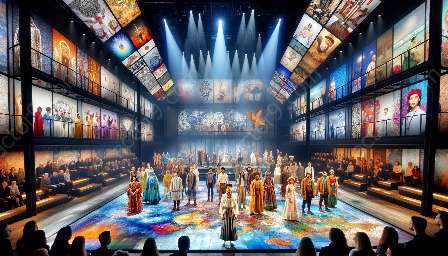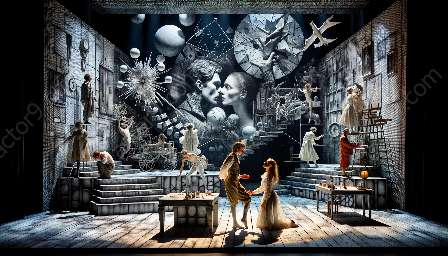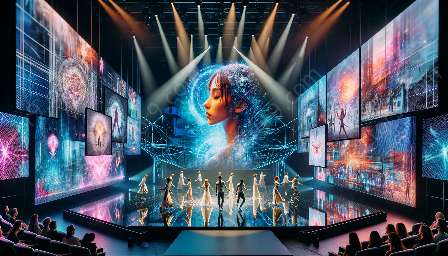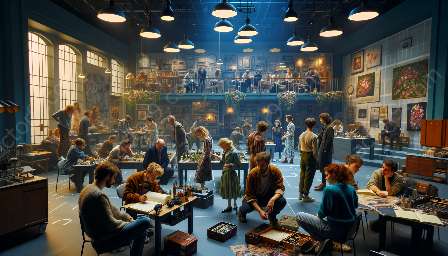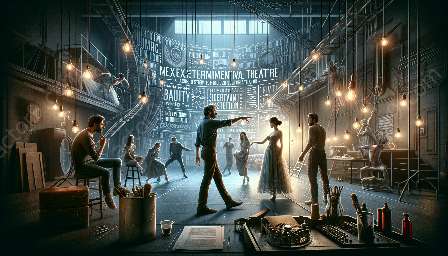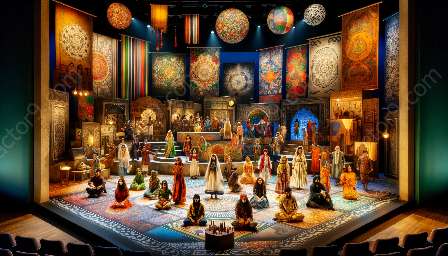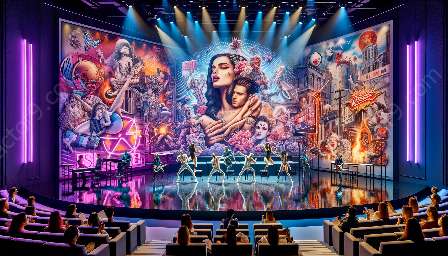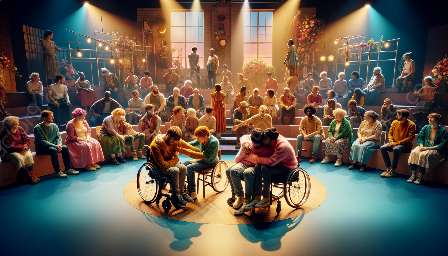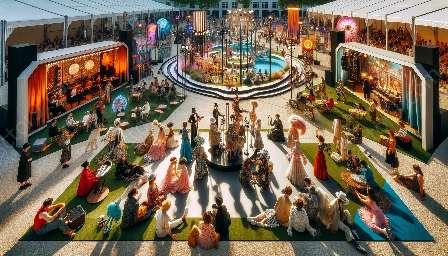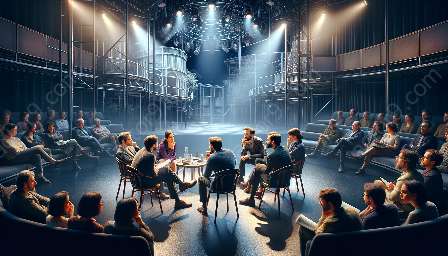Experimental theatre has long been a platform where traditional boundaries between performers and audience members are blurred, and the elements of audience participation and interactive storytelling play a crucial role in this innovative art form. This topic cluster delves into the captivating world of audience involvement and interactive narrative in experimental theatre, examining how these concepts align with theories and philosophies in the realm of experimental performance.
The Evolution of Audience Participation and Interactive Storytelling in Experimental Theatre
Audience participation and interactive storytelling have been integral components of experimental theatre for decades, shaping the way performers connect with their audience and breaking the fourth wall between the stage and the seats. Initially, traditional theatre often maintained a clear division between actors and viewers, but experimental theatre revolutionized this dynamic by inviting the audience to actively engage with the performance, providing a multifaceted experience that goes beyond passive observation.
In many cases, these forms of engagement empower audience members to influence the direction of the narrative, make choices for the characters, or even become co-creators of the performance itself. This harmonious interaction between the performers and the audience blurs the lines between reality and fiction, allowing for a deeply immersive and personalized theatrical encounter.
Theories and Philosophies Shaping Audience Participation and Interactive Storytelling
Within the realm of experimental theatre, several theories and philosophies have shaped the integration of audience participation and interactive storytelling. For instance, the concept of 'embodied spectatorship' highlights the importance of engaging the audience's physical and emotional senses, creating an environment where the boundaries between performer and viewer dissolve, and the sense of shared experience is amplified.
Furthermore, the 'rehearsal for real life' philosophy often underpins interactive storytelling, positioning the theatre space as a microcosm of the real world where the audience is encouraged to step out of their comfort zones and actively participate in the unfolding narrative. These theoretical underpinnings form the framework within which audience involvement and interactive storytelling are explored and implemented in experimental theatre, shaping the dynamic exchange between performers and spectators.
The Impact of Technological Advancements
As technology continues to advance at a rapid pace, experimental theatre has embraced new tools and mediums to enhance audience participation and interactive storytelling. Immersive experiences, augmented reality, interactive mobile applications, and social media integration have expanded the possibilities for engaging audiences in unprecedented ways. These technological innovations have redefined the traditional theatre space, transforming it into a dynamic and multi-sensory environment where the audience becomes an active participant in the narrative, often blurring the lines between physical and digital realms.
Challenges and Future Directions
While audience participation and interactive storytelling have enriched the landscape of experimental theatre, they also pose unique challenges. Balancing the spontaneity of audience interaction with the structured elements of a performance requires careful choreography and adaptive storytelling techniques. Moreover, as the boundaries between performers and audience blur, ethical considerations regarding consent, agency, and control become increasingly pertinent in the realm of interactive theatre.
Looking to the future, experimental theatre continues to push the boundaries of audience participation and interactive storytelling, exploring new modes of engagement and embracing diverse perspectives. Concepts such as collective authorship, co-creation, and interactive design hold promise for shaping the next evolution of this dynamic form of theatre, inviting audiences to immerse themselves in the creation and realization of narratives in unprecedented ways.

